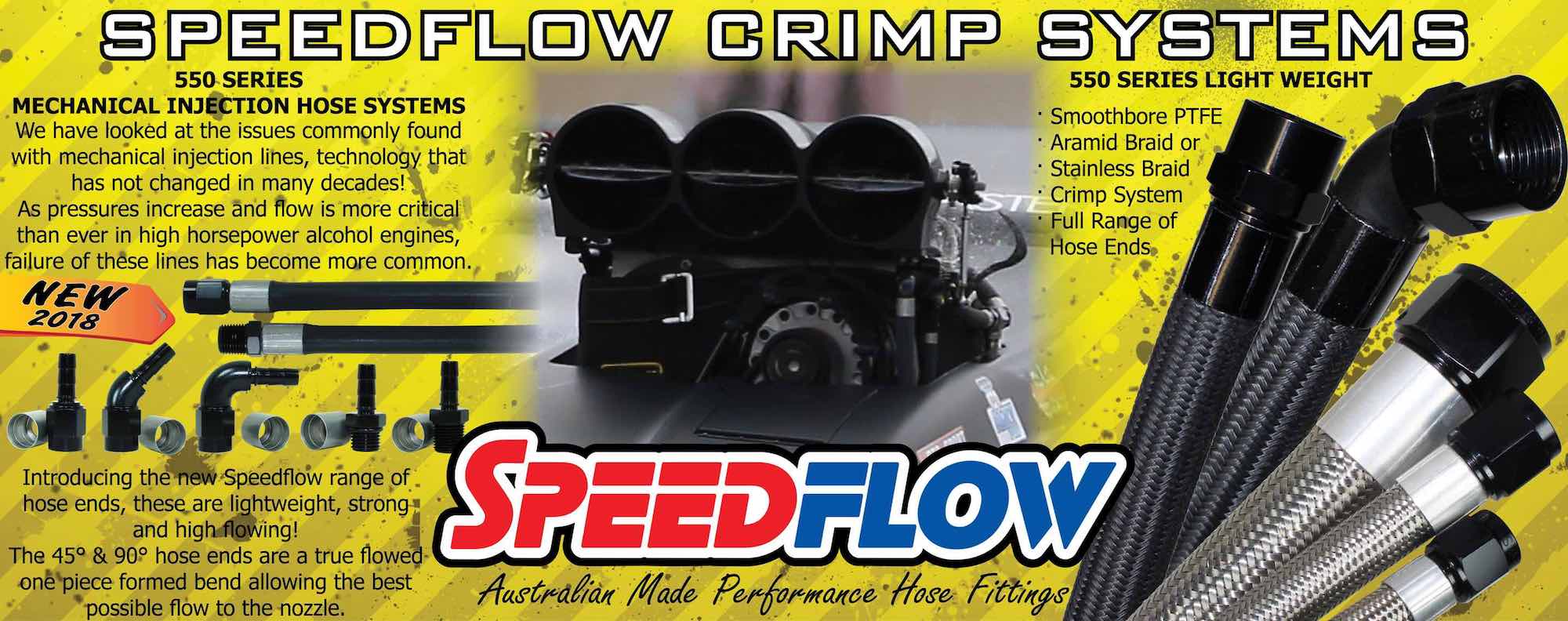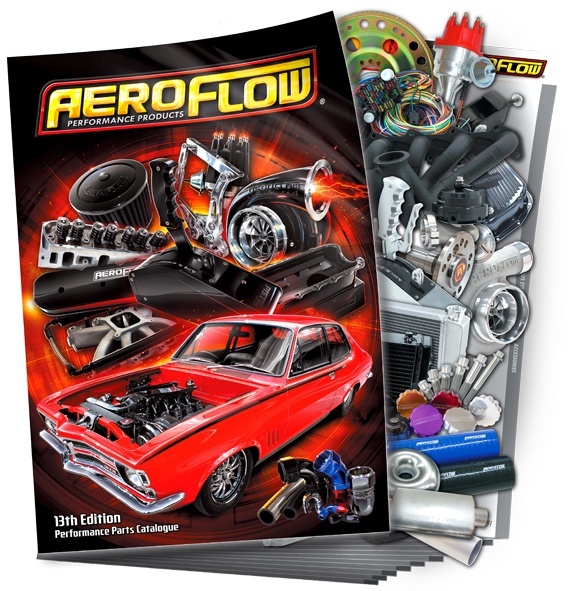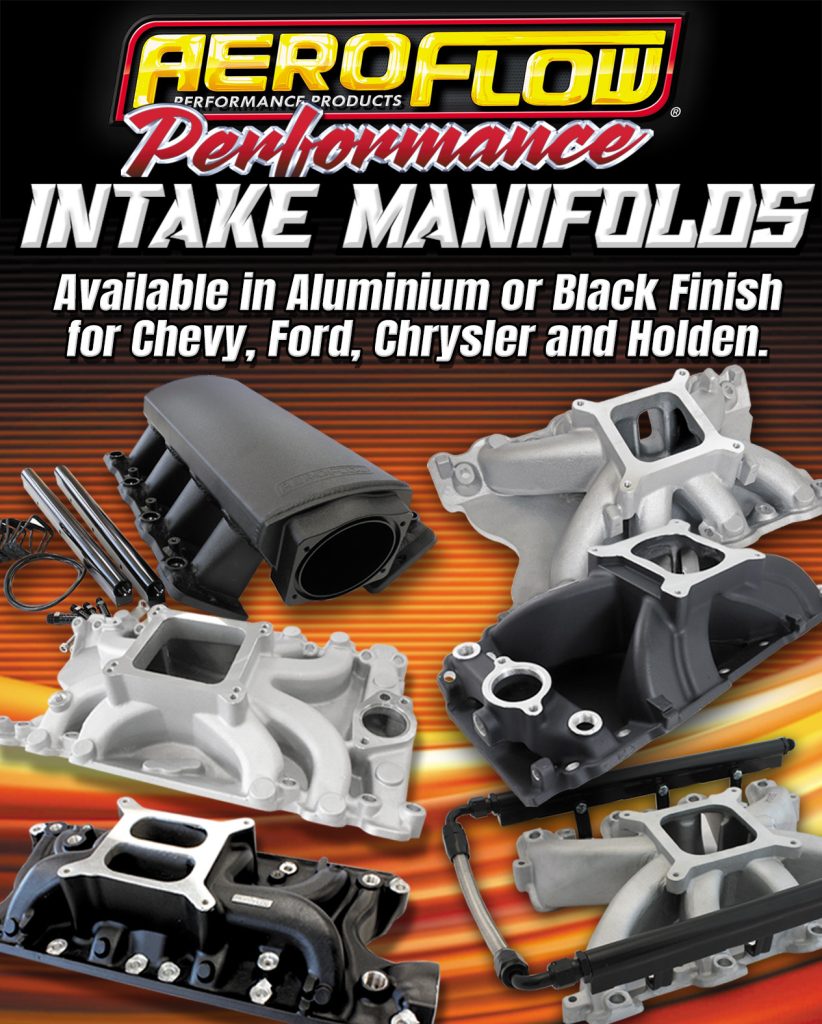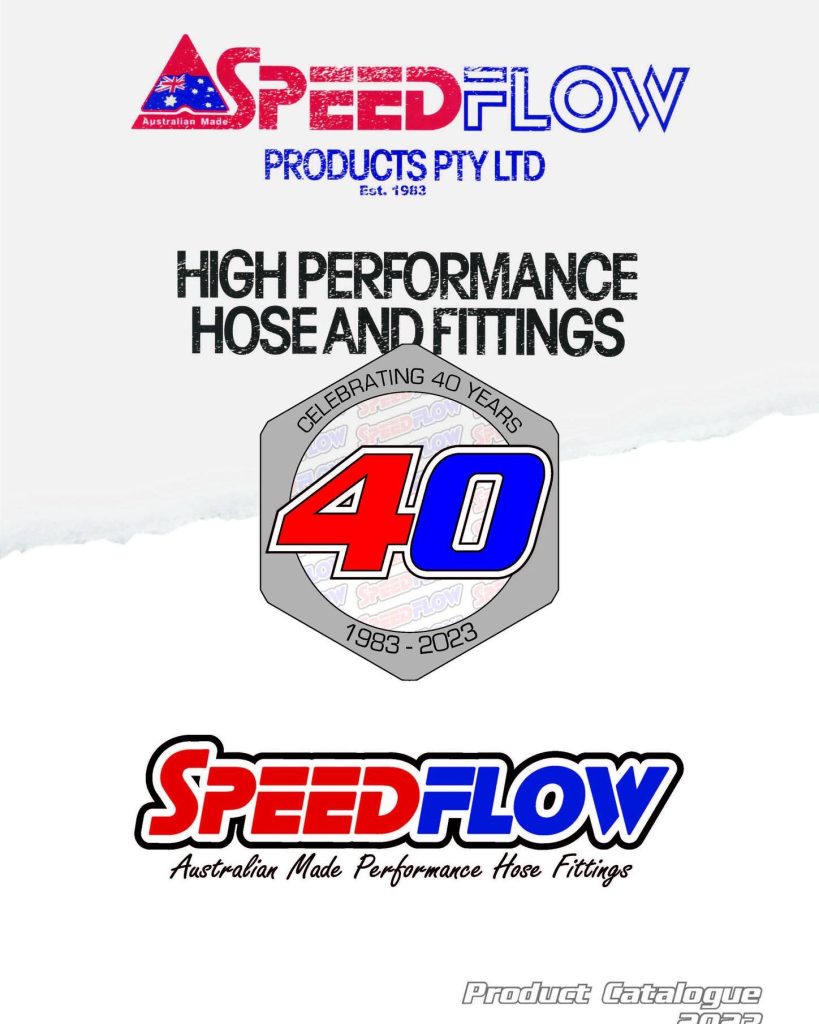
Motorsport has a history of pioneering the use of exotic materials and technology in the search for better performance or efficiency.
One of the most impressive examples of that process at the Performance Racing Industry Trade Show in Indianapolis in December was a carbon fibre connecting rod made by American company AWA Composites. On show was a rod designed for Top Fuel, a category of racing where the company plans to prove the technology.
While the material is carbon fibre, it is not carbon fibre as most of us know it. It comes in billet form, like aluminium, and the rods are milled to shape. The material was only recently declassified from the military and the manufacturers are looking to new markets, including automotive.
AWA Composites’ Bryan Gill said the weight saving versus aluminium made for performance gains, but it was the fatigue cycles where the carbon fibre excelled and created a value proposition.
While a Top Fuel engine will normally get four to six runs on a set of rods, Gill believes a carbon fibre rod could be used for up to 600 runs.
“Our rods would last for at least a season,” Gill said. “We did a calculation based on one year, an extremely conservative one, comparing aluminium rods versus our rods. We would be $100 a run cheaper than aluminium rods.
“You take a tremendous amount of weight out of the reciprocating mass. The motor is happy because you don’t have the same dynamic forces trying to tear it apart.
“A Top Fuel piston is 900-plus grams, with a 338 gram pin and the rod itself is 900 grams, a considerable amount of weight. We reduce the weight of the connecting rod by half. The dynamic forces are dramatically less.
“If a carbon fibre rod does break, they don’t jettison through the block, so there is a safety factor too. When you get to the point of yield, they more or less shatter.”
AWA Composites is a company made up of current and former engineers in aerospace, physicists and technical people who have migrated from other industries to bring advanced composites into motorsports.
Gill said the material is almost perfect for a connecting rod application.
“This material loads the bearing beautifully, you will see better wear resistance in the bearings. The lighter reciprocating weight gives you quicker response time. The tuning window will be a lot broader before you get to the point of destruction.
“It very well could be the last rod you ever buy.”
Lee Ofner, also from AWA Composites, agrees.
“We could be running ourselves out of business,” he joked. “People now think of rods as a cost, but this is an investment.
“We have exclusive rights to the material. People have tried using laminate carbon fibre, but they fail miserably.
“We are going to be in the range of titanium price wise, but with much better properties.”
The idea has much merit in theory, but the litmus test will be once a team actually begins to use the components. AWA Composites is already on the way to that, partnering with former NHRA crew chief Lee Beard who is on board to help blend the technology with practical applications.

Connecting rods aren’t the only product so far developed. The company has also made a carbon fibre bellhousing, carbon fibre push rods and even carbon fibre wheels. Yes, the prices will make you wince – $18,000 for a connecting rod. To fill up a motor you are looking at $144,000. But if the company’s predictions on life cycle are correct (600 runs), that makes for about $240 per pass. Aluminium rods are about $1500 per set and will last from as few as four runs to as many as ten, depending on the team, so anywhere from $375 to $150 a pass – assuming you don’t break any over the course of 600 runs. And if you do break any, another advantage of the material is that it will shatter, as opposed to launching large pieces out the side of a block.
New technology is expensive to start with. But economies of scale would serve to bring prices down, especially if ever used in factory-built cars.
Could this technology ever end up in a road car? In an age where internal combustion motors are required to be increasingly efficient to meet emissions standards, lighter moving components may be where gains are found.
Perhaps the last internal combustion cars produced by the major brands will feature technology like this, before they are legislated into obsolescence in favour of electric or other more efficient technologies.
Not to forget there are those people who will spend any amount of money necessary to have the latest and greatest technology on their vehicles.
I don’t know if there will be a day when we are putting carbon fibre rods into sportsman engines, but we probably didn’t think there would be low six second four cylinder turbo cars or mid five second six cylinders a couple of decades ago either. Technology is a marvellous thing that way, and the industry will watch developments like this with interest.











